#Egypt contemporary arts
Explore tagged Tumblr posts
Text

CHRISTY TURLINGTON (LUXOR) ALBERT WATSON | EGYPT, 1987 [archival pigment print | 30 × 24"]
#albert watson#christy turlington#fashion photography#portrait#black and white#monochrome#egypt#film photography#analog#contemporary art#80s#british#photography#u
289 notes
·
View notes
Text
PREGNANT WOMAN NEEDS EVACUATION URGENTLY
Laila Ezzat al Shana is a 20 year old from Gaza who needs to evacuate her family from Gaza. Her husband needs immediate surgery for injuries in both feet. Her son Ismail is 2 years old, and all Laila wants for him is to live a safe and happy life! She just wants to raise her upcoming baby in peace and security like any other mother! She has only received 106€/75,000€ needed! Please, please help me share her message!
#free palestine#palestine#gaza#free gaza#from the river to the sea palestine will be free#jerusalem#gaza genocide#israel#gaza strip#current events#egypt#irán#iran news#iran#tel aviv#bethlehem#columbia protest#columbia university#genocide#student protests#ucla#im using trending tags so more people see this because these are actual human lives at immediate risk#taylor swift#the tortured poets department#supernatural#the dead boy detectives#dan and phil#news on gaza#palestine news#contemporary art
229 notes
·
View notes
Text


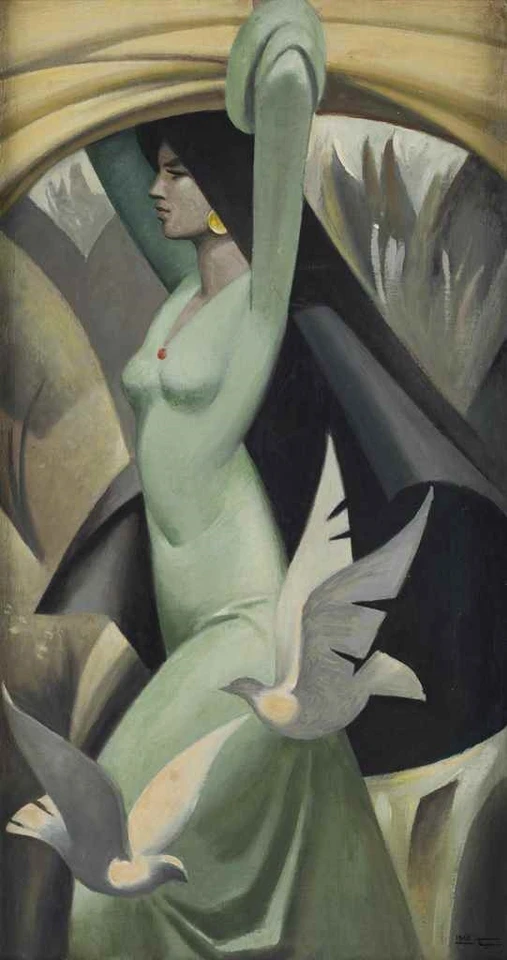
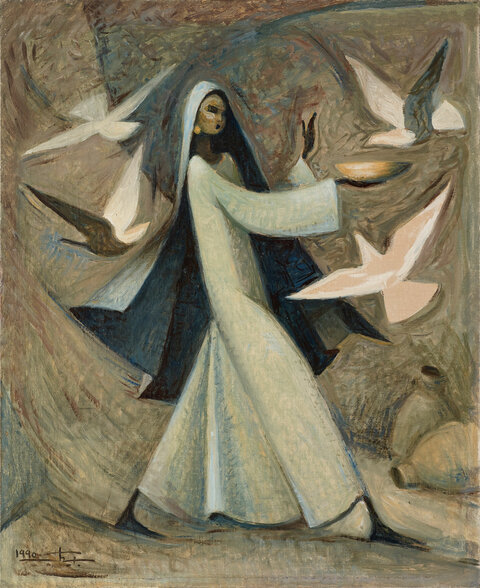
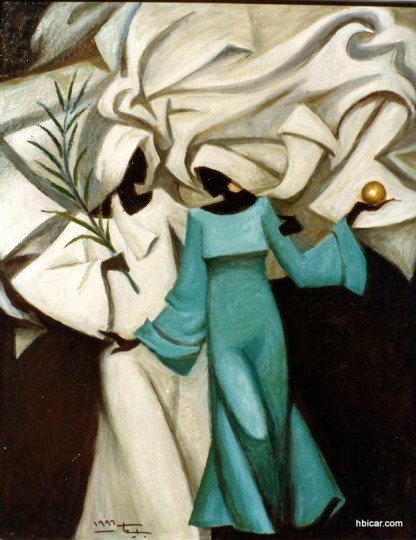
Egyptian artist Hussein Bicar (1913 – 2002)
286 notes
·
View notes
Text




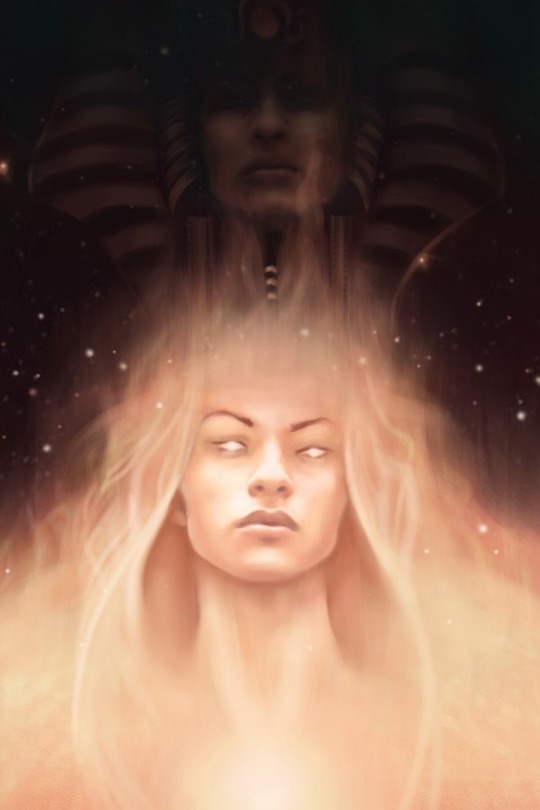



Jeszika Le Vye – Art on Egyptian mythology 🇪🇬
IMAGINATIVE REALIST PAINTER & CREATOR OF SHINY THINGS
#surreal #surrealart #surrealism #surrealismartcommunity #popsurrealism #popsurrealist #popsurreal #surrealist #surrealista #surrealistic #lowbrowart #weirdart #lowbrowartist #surrealisme #surreal_art #surrealismo #surrealpainting #newcontemporary #lowbrowpopsurrealists
Desert Dub by Orange Blossom 🎧

#fucking favorite#Jeszika Le Vye#mythology#egyptian mythology#egyptian#6/2024#pop surrealism#popsurrealism#surreal#surrealism#female artists#newcontemporary#new contemporary#contemporaryart#contemporary art#spirituality#ancient egypt#x-heesy#now playing#music and art#egypt#🇪🇬#egypt 🇪🇬#realist painter
17 notes
·
View notes
Text

#artists on tumblr#art#egypt#drawing#oil painting#painting#artist#artwork#charcoal#charcoaldrawing#Contemporary art#Visualart#Surrealism#Human#yosraaboklila
4 notes
·
View notes
Photo

Queen's Chamber | Great Pyramid of Giza, Egypt, 2570 BC VS Carel Visser, Tikal, 1969
#egypt#archaeology#pyramid#giza#cairo#ancient egypt#monument#architecture#door#stone#great pyramid of giza#great pyramid#carel visser#art#contemporary art#sculpture#collage
69 notes
·
View notes
Text
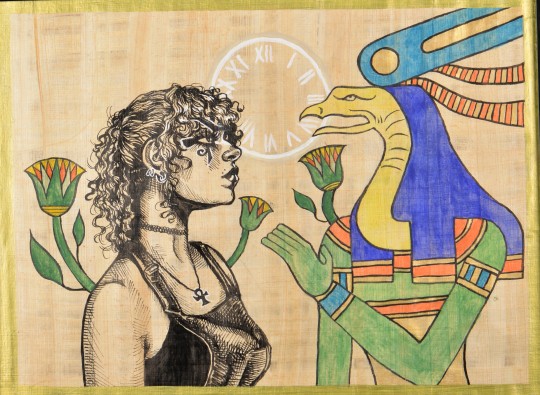
where am i from again?
12 in. x 16 in.
not for sale
#art#artists on tumblr#artwork#fine art#contemporary art#portrait#original art#digital art#art history#drawing#self portrait#egypt#ancient egypt#egyptian#egyptology#ap art#ap art portfolio#ap art class#ap art history#portraiture
29 notes
·
View notes
Text



Joan of arc. Jules Bastien-Lepage 1879
#joan of arc#joan of art#jules bastien lepage#f#frenchart#french#fine art#modern art#art deco#contemporary art#bellas artes#arte contemporanea#arte#art exhibition#gods of egypt#goddess#god#peaceofmind#peacemaker#peace and love#inner peace#peaceful#peace#paz mental#pazeequilibrio#la paz#sexy pictures#sexy celebrities#sexy#handsome
2 notes
·
View notes
Photo
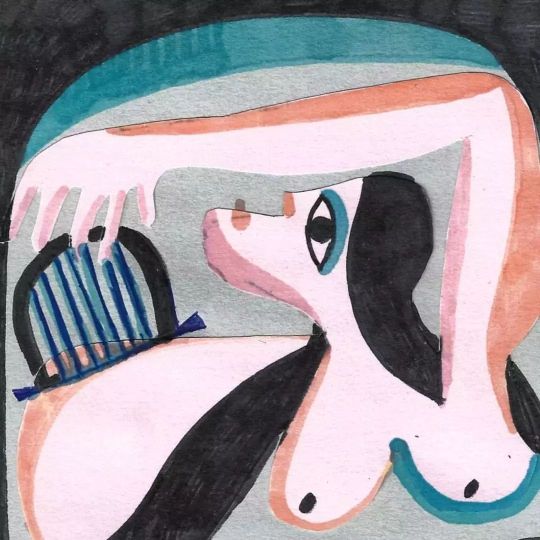
“Harper’s Song” This is the testament of the excellent sovereign of marvelous destiny: The generations fade and disappear, others take their place in the time of the ancestors. The gods that once lived rest in their pyramids. The nobles and the blessed are buried in their graves. They had built houses whose location does not exist anymore. What has also been theirs? I have heard the words of Imhotep and Hardedef who quote in proverbs and have survived everything. What has happened to his possessions? Its walls have collapsed, its dignities have disappeared as if they had never existed. No one comes back from there to tell us what their fate is, to tell us what they need, and to calm our hearts until we reach that place where they have already arrived. May your heart, then, be appeased. Oblivion is favorable to you. Obey your spirit for as long as possible. Anoint your brow with myrrh, get dressed in fine linen, scent yourself with the true wonders that are part of the divine offering. Increase your content so that your heart does not languish. Follow your desire and your happiness, fill your destiny on earth. Do not expose your heart to restlessness until the day when the mourning lament reaches you. He whose heart is weary does not hear his cry; and his scream does not save anyone from the grave. So make a party of the day, and do not feel fed up. Look, nobody carries their assets with them. Look, no one comes back from those who have left. Egyptian poem dated in the XXI century a.C. composed to sing at banquets and weddings. Markers and collage on paper. 25 x 18 cm. Poema egipcio fechado en el siglo XXI a.C. compuesto para cantar en banquetes y bodas. Rotuladores y collage sobre papel. 25 x 18 cm. #collage#egypt #egipto#Berlin#oscarrey#oscarangelreysoto#oscaratelier#art#arte#fineart#figurative#song#artonpaper#contemporaryart#painting#sun#lino#contemporary#Malerei#Zeichnung (hier: Berlin, Germany) https://www.instagram.com/p/CpFn0xpo7eQ/?igshid=NGJjMDIxMWI=
#collage#egypt#egipto#berlin#oscarrey#oscarangelreysoto#oscaratelier#art#arte#fineart#figurative#song#artonpaper#contemporaryart#painting#sun#lino#contemporary#malerei#zeichnung
25 notes
·
View notes
Text
Alice Stevenson's new publication, available in #openaccess: Contemporary Art and the Display of Ancient Egypt (Alice Stevenson, 2025):
https://uclpress.co.uk/book/contemporary-art-and-the-display-of-ancient-egypt/

1 note
·
View note
Text
Sobriété et extravagance
Art fairs like PAN Amsterdam give an idea of the tendencies in art. Here, contemporary art seems to tend to realism, but photography, on the other hand, is often staged, and may have a surrealist streak. Interesting. But there is so much more to see...
#1#17e siècle#17th-century#18e siècle#18th century#19e siècle#19th century#20e siècle#20th century#21e siècle#21th century#8171#ancient art#ancient objects#Antiquité romaine#antiquités#art#art asiatique#art égyptien#art contemporain#art fair#asian art#China#chine#contemporary art#design#Egypt#Egypte#foire d&039;art#meubles
0 notes
Text
Author: Gregory N. Daugherty
Description from Bloomsbury:
This study examines the reception of Cleopatra from the beginning of the 20th century to the present day as it has been reflected in popular culture in the United States of America. Daugherty provides a broad overview of the influence of the Egyptian queen by looking at her presence in film, novels, comics, cartoons, TV shows, music, advertising and toys. The aim of the book is to show the different ways in which the figure of Cleopatra was able to reach a large and non-elite audience.
Furthermore, Daugherty makes a study of the reception of Cleopatra during her own lifetime. He begins by looking at her portrayal in the vicious propaganda campaign waged by Octavian against his rival Marc Antony. The consequence was that Cleopatra was left with a tarnished reputation after the civil war. Daugherty's examination of both the historical and contemporary reception of Cleopatra shows the enduring legacy of one of history's most remarkable queens.
#one of the units in The Open University's A111 Discovering the arts and humanities module involves this topic#to read list#The Reception of Cleopatra in the Age of Mass Media#Gregory N. Daugherty#reception of Cleopatra#Cleopatra#cleopatra vii#popular culture#propaganda#Octavian#Augustus#Marc Antony#mark antony#reputation#reputations#historical reception#contemporary reception#Bloomsbury#books#classical studies#classical studies student#ancient rome#ancient egypt#contemporary USA#history#pharaoh#egyptian pharaoh#ancient greece#classical history#feminism
1 note
·
View note
Text

The Scholars (1901). Ludwig Deutsch (Austrian, 1855-1935). Oil on panel.
#artists#artworks#contemporary art#arab#Ludwig Deutsch#scholars#egypt#art#artwork#holocaust#Auschwitz#freedom#free gaza#artist#فلسطين#تمبلر
1 note
·
View note
Text








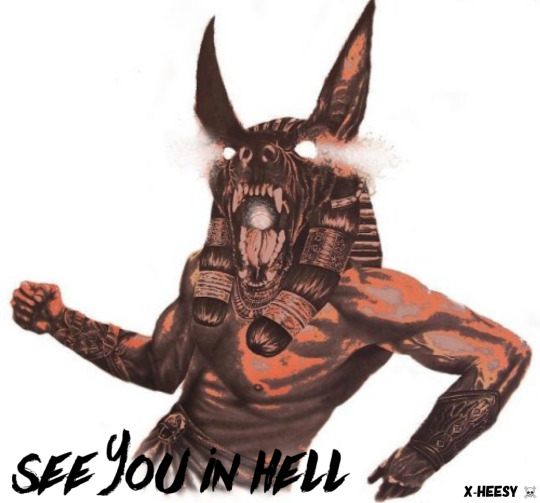
In the name of the father
In the name of the son
In the name of the holy ghost
Is that why you killed me
Well at least you tried
Tried to put me to rest
But I survived
I am your soul I am your master
You are my tool to bring disaster
You know I love you but that's a lie
I only need you to survive
Pray to your god, you pray as you spit red
Pray to your god, you god will fail and you
Will be dead...
Try to ignore me but that won't do
I won't leave before I've killed you
In the name of the father...
Your god is dead and I am the one
Pray to... @bigbonzo @necro69mancer
I Need you - remastered 2003 by Grave 🫶🏽

#me#x-heesy#my art#artists on tumblr#12/2023#rage#hell is not a place it’s a state of mind#Anubis#king of death#mythology#spirituality#old gods#Egypt#artful quotes#death metal#typography#pop art#neo pop art#newcontemporary#new contemporary#sick and twisted#iphone art#fucking favorite#music and art#contemporaryart#see you in hell#now playing#death#stay wild moon child
9 notes
·
View notes
Text

#egyptian artist#artists on tumblr#art#egypt#drawing#oil painting#painting#artist#artwork#charcoal#charcoaldrawing#Contemporary art#Abstract#Egyptian art#Flowers#Blue#Man#Boy#Human#Humanity#Poses#Human poses#Yosraaboklila
3 notes
·
View notes
Text
Understanding The Hellenistic Culture
Hellenism refers to the culture, ideals, and patterns of life that emerged in ancient Greece and spread throughout the Mediterranean and beyond, particularly during the Hellenistic period (323–30 BCE). This era began with the death of Alexander the Great and lasted until the establishment of Roman domination.
1. Cultural Influence
Hellenism was characterized by the spread of Greek culture, language, and ideas. This influence was particularly strong in regions that Alexander the Great conquered, including parts of Asia and North Africa. Greek became the lingua franca, facilitating trade and communication.
2. Philosophy and Science
The Hellenistic period saw the flourishing of philosophy and science. Schools of thought such as Stoicism, Epicureanism, and Skepticism emerged, each offering different perspectives on ethics, knowledge, and the nature of the universe. Figures like Epicurus and Zeno of Citium were pivotal in shaping philosophical discourse.
3. Art and Architecture
Hellenistic art is known for its increased emotional expression and realism compared to earlier periods. Sculptures depicted more dynamic poses and detailed facial expressions. Architecture also evolved, with grand structures and the use of new techniques, leading to impressive monuments like the Lighthouse of Alexandria.
4. Religion and Mythology
Hellenism also saw the adaptation and syncretism of religious beliefs. While traditional Greek gods remained central, local deities were often incorporated into Hellenistic practices. This blending of religions allowed for a diverse spiritual landscape.
5. Political Structures
The political landscape of the Hellenistic world was marked by the rise of various kingdoms, such as the Seleucid Empire and the Ptolemaic Kingdom in Egypt. These states often adopted Greek customs and governance models, thus furthering the spread of Hellenic culture.
Hellenism or the Hellenistic period represents a significant chapter in history, showcasing the exchange of ideas and culture across vast regions. Its legacy continues to influence modern Western thought, art, and philosophy, making it a vital area of study for understanding the foundations of contemporary society.
#hellenism#hellenic deities#hellenic polythiest#greek deities#hellenic polytheism#hellenic worship#ancient history
69 notes
·
View notes